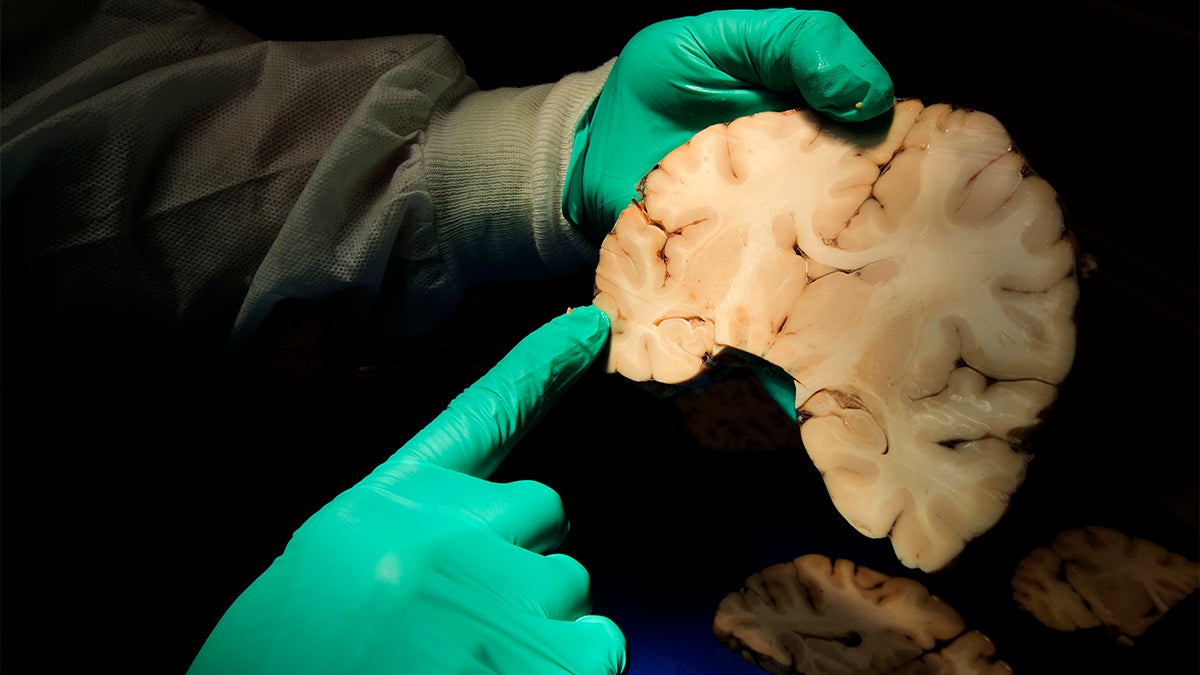Conflicting research on CTE shows need for more study

With football season underway, concerns about brain damage resulting from concussions and repeated blows to the head are of interest to sports fans once again. The most pernicious long-term effect is Chronic Traumatic Encephalopathy, more commonly known as CTE.
What is CTE?
Chronic Traumatic Encephalopathy is a degenerative brain disease that occurs after multiple brain traumas and is typically found in contact sport athletes, boxers and military veterans. Although one can believe they are observing CTE symptoms in a person, there is no way to diagnose CTE until a postmortem exam.
According to the Concussion Legacy Foundation website, CTE was first described in 1928. Over the ensuing decades, symptoms of CTE were studied but few cases were confirmed. Then in 2002, Dr. Bennet Omalu found during an autopsy evidence of the disease in the brain of former Pittsburgh Steeler lineman Mike Webster, prompting the medical and sports communities to take notice.
In one of those responses, the Concussion Legacy Foundation joined Boston University and the U.S Department of Veterans Affairs to create the VA-BU-CLF Brain Bank in order to conduct research on the disease, according to the Concussion Legacy Foundation.
Boston University CTE Research
The research from the brain bank has greatly expanded the knowledge about CTE. In July 2017, Boston University released one of the most disconcerting studies about CTE in the Journal of the American Medical Association.
Their research found that 99 percent of former National Football League players studied had CTE. Of the brains of 111 players studied, 110 showed brain damage postmortem.
The main concern from the scientific community about this study was the lack of a control group. The brains studied were from people who demonstrated symptoms of CTE in their life, prompting loved ones to donate the players’ brains to the research organizations.
University of Buffalo’s CTE Research
In August 2018, the University of Buffalo released a contradictory study in the Journal of Head Trauma Rehabilitation. While its study was small in comparison to Boston University’s, Buffalo’s study had a control group.
Twenty-one former NFL and National Hockey League players who are still alive were studied and tested for early signs of CTE and compared to a group of retired athletes of similar ages who did not compete in a contact sport.
Buffalo researchers found the two groups studied were quite similar. Both had similar results in imaging, cognition, behavior and executive functions.
What to take away from the two contradictory studies?
What researchers know about CTE remains limited. Boston University has been a leading researcher in the subject and through its findings, the public and governing bodies from children’s leagues to the NFL have begun to understand the importance and long-term effects of head injuries and why they need to be taken seriously.
This increased knowledge led to a new rule in the NFL in 2018 that penalizes players for making initial contact with their helmets. The goal is to decrease the number of head injuries. While this is an important step in the NFL, the University of Buffalo study demonstrated the need to be have a control group in the research conducted about the disease in order for the disease to be fully understood.
Sophia Briseno is a junior journalism student at Arizona State University
Related Articles
Video: How can the NFL better monitor potential CTE?
New research, technology aimed at minimizing concussions
Baseline concussion testing keeps athletes game ready

